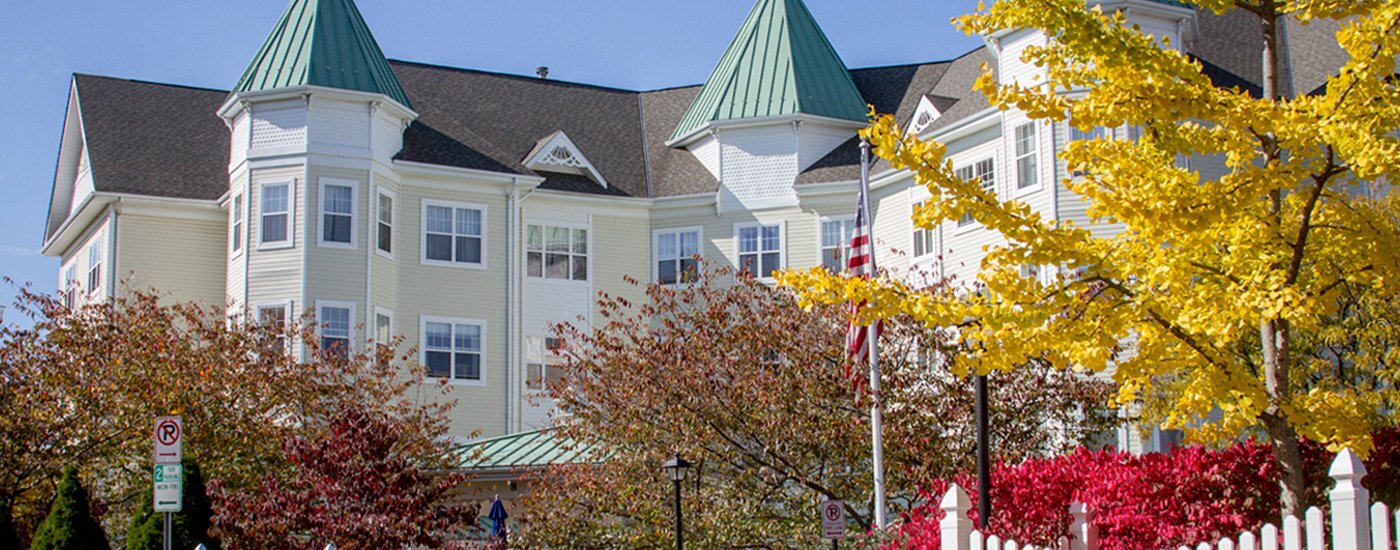Maryland Senior Living Facilities Upgrade
Annualized energy savings equivalent to 30 metric tons of GHGs reduces or 6 cars removed from the road.
Asset Facts
Date Built 1997
Square Feet 51,632 No. of Rooms 88 rooms Asset Type Assisted Living
Project Facts
Annual Energy Savings 30,719 kWh
Annual Energy Reduction (%) 3.5 Annual Cost Savings $6,057
Gross Investment $19,474 Rebates $4,232 Rebates as % of Total Project Cost 21.7 Net Investment $15,253 Net Payback 2.5 years
ROI: 40%
Energy Savings 3%
The new high efficiency and LED fixtures reduced fixture wattage by an average of 58%
The installed occupancy sensors decreased light fixtures runtimes by an average of 56%
Overall water consumption was reduced by 77%
Total building consumption was reduced by 4%.
Challenge
Located in the mid-Atlantic United States, this 51,600 ft2 senior living facility specializes in Alzheimer’s care, hospice relationships, and short terms stays. Due to the specific needs of the residents, maintaining their comfort was a priority in the project
The existing light fixtures and exit signs in the back-of-house were original to the building and are no longer being manufactured
The faucets throughout the building operated at an outdated EPA standard of 2.2 GPM.
Our Solution
Green Generation Solutions installed high efficiency LED fixtures and industrial strip de-lamping kits in the back-of-house areas and installed occupancy sensors to increase the overall efficiency of the lighting system.
GreenGen installed faucet pressure aerators in order to minimize the waste of water in the guest rooms, common area bathrooms, and back of house locations. The water flow was reduced from 2.2 GPM to 0.5 GPM, resulting in a measured 77% decrease in water consumption
Vending machine controls were installed to reduce the machines’ energy consumption. The controls work with occupancy sensors to allow the machine compressors to cycle off and lights to shut down when not in use
GreenGen installed three light loggers in rooms where occupancy sensors had been installed to measure light runtimes before and after installation in order to verify the solution savings. The average reduction per room was a 56% decrease in runtimes for the light fixtures
GreenGen coordinated all rebate capture activities with the state utility to secure funding for nearly 22% of the total project cost

